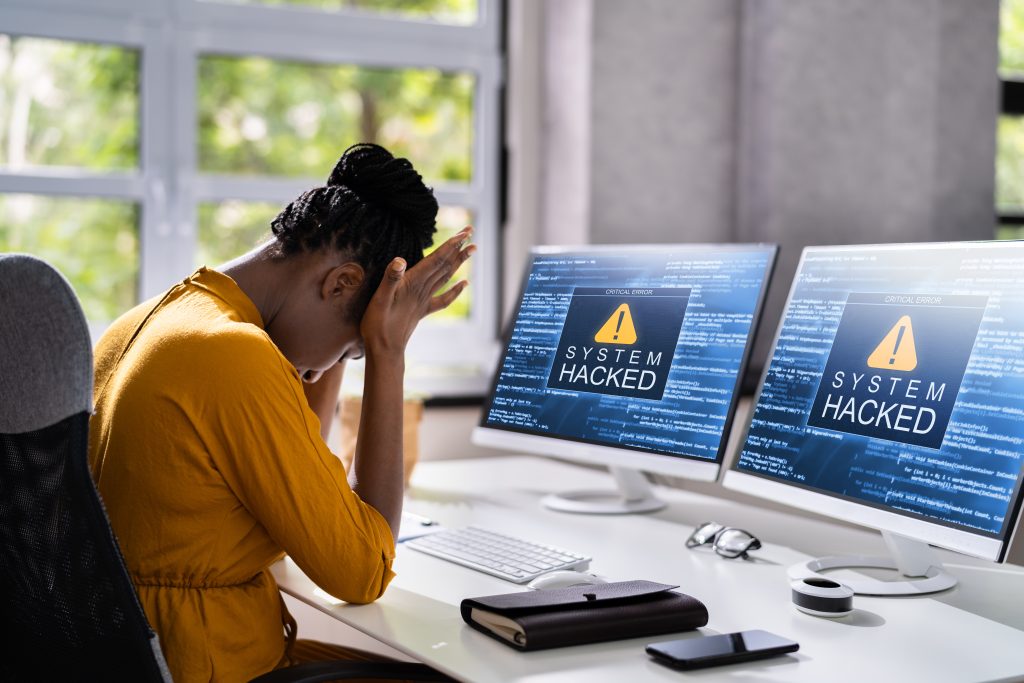
T.J. Ramsey is a seasoned IT security professional with 18 years of experience focused on healthcare and defense intelligence. He served as a U.S. Army Military Intelligence Analyst for the Department of Defense, and held security roles at Obsidian Solutions Group and SAIC/Leidos. T.J. has shared his cybersecurity expertise in publications like TechTarget and Chief Healthcare Executive and presented at industry events, including Health Connect Partners (HCP), CHIME, and THIMA.

03/27/2024
By: T.J. Ramsey
Healthcare data breaches can be costly, difficult to resolve, and dangerous for patients. Yet despite the best preventative practices, breaches ...

12/07/2023
By: T.J. Ramsey
As the summer of 2023 drew to a close, cybercriminals seized the moment to unleash chaos on a healthcare system. ...

08/30/2023
By: T.J. Ramsey
When a threat actor performs a “Living Off the Land” (LOTL) attack, they use legitimate tools and processes within a ...

06/21/2023
By: T.J. Ramsey
What is attack surface management? Think of your attack surface as a fortress with multiple entry points. Each entry point ...

03/21/2023
By: T.J. Ramsey
Network security admins all have the same fear – Friday afternoon at about 4:30pm, tech support gets a call that ...

10/27/2022
By: T.J. Ramsey
The goal of a cybersecurity in healthcare isn’t to deploy more tools or gather data. It’s to protect patients and ...

10/20/2022
By: T.J. Ramsey
Penetration testing, or pen testing as it’s often called, is one of the fundamental building blocks for a cybersecurity program. ...

02/24/2022
By: T.J. Ramsey
Safeguarding your healthcare organization’s electronic Protected Health Information (ePHI) against cybersecurity threats is like protecting your financial assets from potential ...

05/04/2021
By: T.J. Ramsey
A strong cybersecurity framework guards against the most prominent cyber threats in healthcare. This framework should also be scalable to ...

04/20/2021
By: T.J. Ramsey
When protecting your network from external threats, you sometimes need to think like a hacker. You can better prevent cyber ...
Resources
© Copyright 2024 Fortified Health Security, Inc. All rights reserved. Contact Us | Terms of Service | Privacy Policy | Cookie Policy